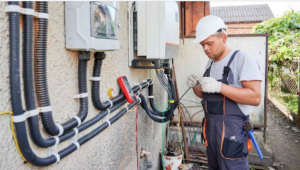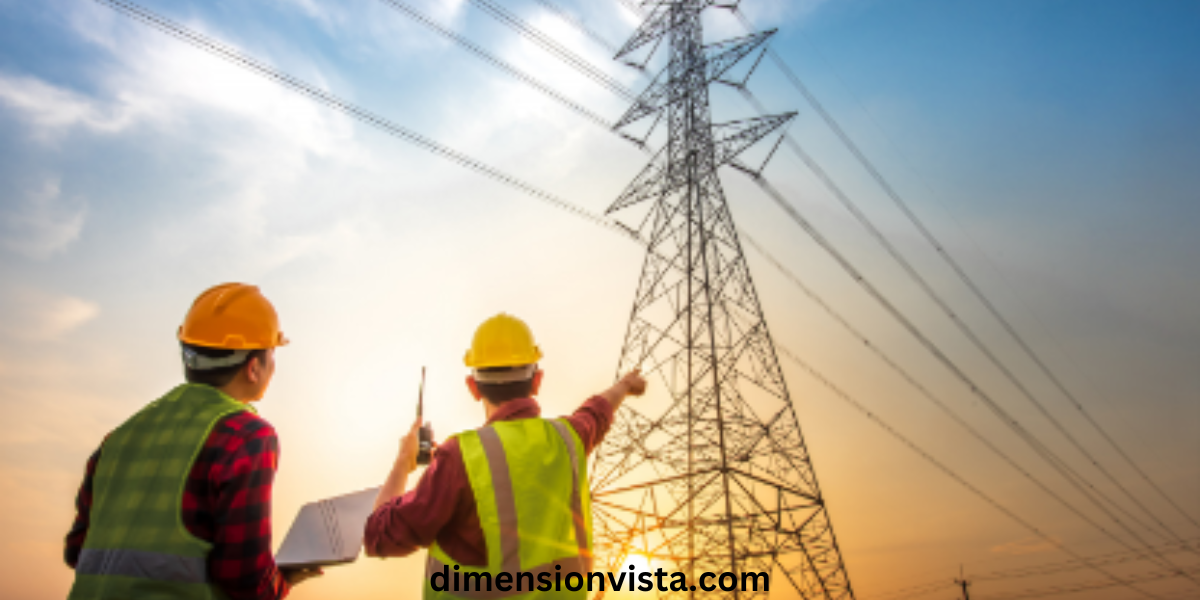The safety of your electrical system are the back bone of modern homes, powering everything from lighting to essential appliances. However, faulty or out dated electrical components can lead to serious risks, including fires and electrocution. Understanding how home inspectors evaluate these systems can empower home owners to maintain a safe living environment and address potential issues proactively.
The Role of Home Inspectors in Electrical Safety

Home inspectors are trained professionals who assess the condition of a property’s electrical system as part of a standard home inspection. Their objective evaluation provides home owners and potential buyers with insights into existing or potential electrical hazards, ensuring informed decision-making regarding property transactions and maintenance.
Key Components Evaluated During an Electrical Inspection
During an electrical inspection, home inspectors systematically examine various components of the electrical system. Key areas of focus include:
1. Electrical Service Panels
The electrical service panel, often referred to as the breaker box, is the heart of a home’s electrical system. Inspectors will:
- Check for Proper Labeling: Ensure all circuits are clearly labeled for easy identification.
- Assess for Overcrowding: Verify that the panel is not overloaded with circuits beyond its capacity.
- Inspect for Signs of Damage or Wear: Look for rust, burn marks, or other indicators of deterioration.
2. Wiring and Conductors
The integrity of wiring is crucial for safe electricity distribution. Inspectors will:
- Identify Wiring Types: Determine if the home uses outdated wiring, such as knob-and-tube or aluminum wiring, which may pose risks.
- Check for Proper Installation: Ensure wiring is correctly installed without exposed wires or improper connections.
- Look for Physical Damage: Inspect for frayed or damaged wires that could lead to shorts or fires.
3. Outlets and Receptacles
Functional and safe outlets are essential for daily appliance use. Inspectors will:
- Test for Grounding: Confirm that outlets are properly grounded to prevent electrical shocks.
- Check GFCI Protection: Ensure Ground Fault Circuit Interrupters are installed in areas prone to moisture, such as kitchens and bathrooms.
- Inspect for Physical Condition: Look for signs of wear, such as cracked plates or loose fittings.
4. Switches and Lighting Fixtures
Switches and lighting fixtures are inspected to ensure they operate safely and efficiently. Inspectors will:
- Verify Proper Operation: Ensure all switches function correctly without unusual sounds or delays.
- Inspect Fixture Attachments: Confirm that fixtures are securely mounted and free from damage.
- Check for Appropriate Bulb Wattage: Advise on the correct bulb wattage to prevent overheating.
5. Grounding and Bonding
Proper grounding and bonding are vital for electrical safety. Inspectors will:
- Assess Grounding Systems: Ensure the home has a proper grounding system to direct excess electricity safely into the earth.
- Check Bonding of Metal Components: Verify that metal pipes and other conductive materials are properly bonded to prevent electrical hazards.
6. Smoke and Carbon Monoxide Detectors
Safety detectors are critical for early hazard detection. Inspectors will:
- Test Functionality: Ensure all detectors are operational and correctly placed.
- Check Expiry Dates: Verify that detectors are within their effective service periods and recommend replacements if necessary
Common Issues Identified During Inspections
Home inspectors often encounter recurring electrical issues, including:
- Double-Tapped Circuit Breakers: Multiple wires connected to a single breaker can cause overheating.
- Over lamping: Using bulbs with wattages higher than the fixture’s rating, leading to overheating.
- Lack of AFCI Protection: Absence of Arc Fault Circuit Interrupters in required areas, increasing fire risk.
- Improperly Wired Outlets: Reversed polarity or ungrounded outlets posing shock hazards.
The Importance of Regular Electrical Inspections
Regular electrical inspections are essential for:
- Ensuring Compliance with Current Codes: Electrical codes evolve; inspections ensure your system meets the latest standards.
- Preventing Potential Hazards: Early detection of issues can prevent fires, shocks, and other dangers.
- Maintaining Property Value: A well-maintained electrical system enhances the overall value and marketability of your home.
Emerging Trends in Electrical Inspections
The field of electrical inspections is continually evolving. Notable trends include:
- Integration of Smart Home Technologies: Inspectors now assess the safety and compatibility of smart devices integrated into home systems.
- Focus on Energy Efficiency: Evaluations often include recommendations for energy-efficient upgrades, such as LED lighting and advanced HVAC systems.
- Adoption of Advanced Diagnostic Tools: Use of thermal imaging cameras and other advanced tools to detect hidden issues.
Conclusion
Understanding how home inspectors determine the safety of your electrical system equips you with the knowledge to maintain a secure and efficient home. Regular inspections, awareness of common issues, and staying informed about emerging trends are proactive steps every home owner should take. By prioritizing electrical safety, you not only protect your property but also ensure the well-being of all its occupants.

